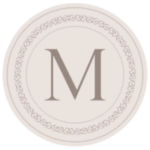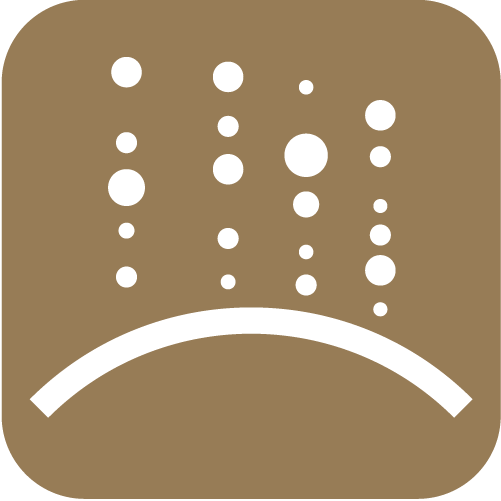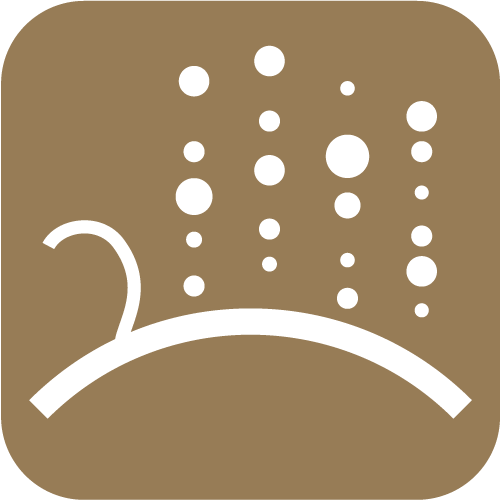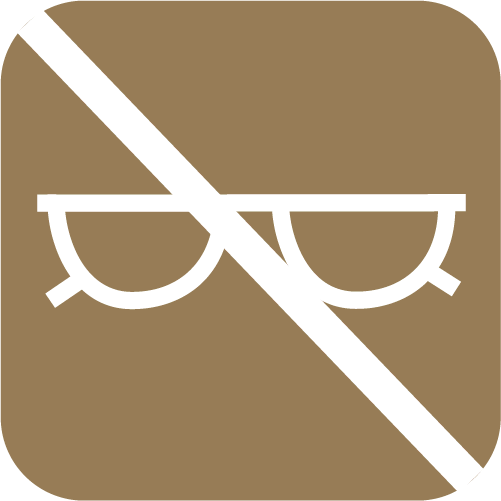Our Surgeon, Patient Consultant and dedicated Vision Care Associates will be with you every step of the way to answer questions and to make sure that you have the very best possible experience and post-operative outcome.
ISA® Customized Surgical Consultation
There are 3 important components to your ISA® Customized Surgical Consultation. First, our Surgeon-led team of Vision Care Associates will meticulously measure your corneal and visual system architecture using more than 13 different diagnostic tools in addition to administering a qualitative assessment of your lifestyle and overall health. Secondly, our surgeon will assimilate and integrate both the quantitative and the qualitative diagnostic information to determine whether or not you are a good candidate for laser vision correction, and if so, which form of ISA® Laser Vision Correction best suits your needs. If you are not a candidate for Laser Vision Correction, our other procedures including ICL’s, RLE’s and Refractive Cataract procedures may be more appropriate. Our Surgeon will make an objective surgical and refractive recommendation as well as answer any medically-related questions. Finally, to assist you with your decision-making process our Patient Consultant will discuss your options and answer any non-medical questions you may have.
ISA® Customized 13-D Diagnostic Set
Our Surgeon-led team of Vision Care Associates will thoroughly refine our representation of your corneal and visual system architecture through multiple measurements using a combination of the diagnostic tools identified as being best suited to measure your unique eyes at your ISA® Customized Surgical Consultation. To ensure that we have obtained the true representation, we perform the final phase of the ISA® Customized 13-D Diagnostic Set by validating and re-measuring your eyes on the day of surgery. This allows for an objective comparison and validation of the diagnostic dataset prior to any procedure. This overall refining process allows us to deliver unparalleled post-operative results.
Preparing for Surgery
To ensure that you have the necessary support at home, we always suggest that you involve a family member or caregiver throughout the entire process and that this individual should accompany you to all consultation and follow-up appointments if possible.
It is very important to the health of your eyes that you administer your eye drops properly. To prepare for surgery, you should familiarize yourself with the instructions.
Day of Surgery
On the day of your surgery we will perform the final phase of the ISA® Customized 13-D Diagnostic Set. Once the data has been thoroughly examined and validated, you will be ready to proceed. You can expect the procedure to last about 10 – 20 minutes. For some ISA® Customized Laser Vision Correction procedures, our Surgeon may place a protective contact lens on your eye post-operatively. You may be required to wear the protective lenses for the first 3-5 days after surgery.
After Surgery
You should wear protective sunglasses immediately after the surgical procedure and for the first several months after surgery when you are outside. It has been demonstrated that protection from ultraviolet radiation from sunlight improves wound healing. Do not allow tap water to make contact with your eyes and avoid swimming and hot tubs for the first couple of weeks after surgery.
For ISA® Customized Surface Ablation patients, it is important to be aware that you may experience moderate to significant eye discomfort from Day 2-3. This is to be expected and we will provide medications to help make you feel as comfortable as possible during the healing phase.
It is important never to rub your eyes. This is especially relevant for ISA® Customized LASIK patients, so that they do not inadvertently displacement of their corneal flap.
Customized Post-Operative Eye Drop Schedule
Each person’s recovery is unique and is often related both to their refractive error as well as their own individual physiology and health; your post-operative eye drop schedules will be custom designed to optimize your recovery. It is extremely important that you follow your customized post-operative eye drop and medication schedule to both heal and maintain your newly improved vision.
It is important to remember that you must continue complying with your customized eye drop schedule for the prescribed duration, even when your vision has become clearer and your eyes feel significantly more comfortable, otherwise you may not be able to achieve your full visual potential. We can often think of surgery as accounting for 85% of what is required to achieve excellent visual acuity. The other 15% depends on other factors including the post-operative care administered at home.
In addition to your prescription eye drops, you will be instructed to use non-preserved artificial tears. Though not a prescription medication, non-preserved artificial tears are very important to facilitating your eye’s healing process and for improved comfort. Sometimes other interventions such as lid hygiene, warm compresses, Omega 3 fatty acids, oral medications as well as punctal plugs may be suggested to improve the healing process and maximize your visual potential.





